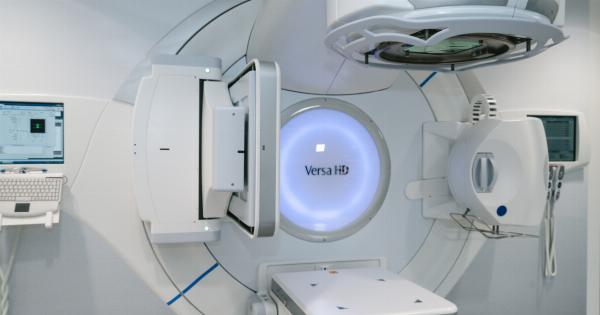Pediatric arrhythmias are heart rhythm problems in children. These arrhythmias are not common, but they can occur in children of all ages. If your child has been diagnosed with an arrhythmia, it can be a scary and overwhelming experience.
As a parent, it is important to understand what arrhythmias are, their causes, symptoms, and treatment options. This handbook will provide you with the information you need to better understand and manage pediatric arrhythmias.
What are Pediatric Arrhythmias?
Pediatric arrhythmias are heart rhythm disorders that cause an abnormal heartbeat. The heart rate can be too fast, too slow, or irregular.
In some cases, these disorders can be harmless, but in other cases, they can lead to serious health problems or death if left untreated.
Causes of Pediatric Arrhythmias
Pediatric arrhythmias can be caused by a variety of factors such as:.
- Birth defects in the heart
- Infections which affect the heart
- Inherited heart problems
- Abnormal levels of essential minerals such as potassium or magnesium
- Abnormal levels of hormones such as thyroid hormone or adrenaline
- Stress
- Medications
- Athletic exercise
Symptoms of Pediatric Arrhythmias
Symptoms of pediatric arrhythmias can vary depending on the type of arrhythmia your child has, and their age. Some common symptoms of pediatric arrhythmias include:.
- Fainting or near fainting
- Palpitations
- Shortness of breath or difficulty breathing
- Chest pain or discomfort
- Fatigue
- Weakness
- Excessive sweating
- Loss of consciousness
Diagnosis of Pediatric Arrhythmias
If you suspect your child has an arrhythmia, it is important to seek medical attention immediately. Your doctor will perform a physical examination and may order tests to diagnose the arrhythmia. These tests may include:.
- Electrocardiogram (ECG): This test measures the electrical activity of the heart and can identify any abnormal rhythms.
- Holter Monitor: This portable device is worn by the child for 24-48 hours to record the heart’s electrical activity in real-time.
- Echocardiogram: This test uses sound waves to create an image of the heart and can identify any structural abnormalities in the heart.
- Tilt Table Test: This test helps identify if the arrhythmia is causing fainting or near fainting.
- Twave Alternans: This non invasive test can identify if your child’s heart rhythm is at risk of deterioration.
- Exercise Stress Test: Similar to a tilt table test, an exercise stress test involves having the child exercise to evaluate how the heart responds to physical activity.
Treatment of Pediatric Arrhythmias
The treatment for pediatric arrhythmias depends on the type of arrhythmia your child has and the severity of the condition. Your doctor may recommend one or more of the following treatment options:.
- Observation: In some cases, your doctor may recommend monitoring your child’s condition to see if the arrhythmia goes away on its own.
- Medications: Medications can be used to control the heart rate and rhythm or to treat underlying conditions.
- Ablation: This minimally invasive procedure uses radiofrequency energy to destroy the abnormal tissue that is causing the arrhythmia.
- Pacemaker: A pacemaker is a small device that is implanted under the skin and can help regulate the heart’s rhythm.
- Implantable Cardioverter Defibrillator (ICD): An ICD is a small device implanted in the chest that can detect and correct potentially life-threatening arrhythmias.
- Surgery: In some cases, surgery may be necessary to correct underlying structural problems in the heart.
Prevention of Pediatric Arrhythmias
Unfortunately, there is no surefire way to prevent pediatric arrhythmias as many different factors can cause them. However, good heart health habits can help lower the risk of developing arrhythmias. These habits include:.
- Eating a healthy diet
- Exercising regularly
- Limiting caffeine intake
- Limiting use of recreational drugs and alcohol
- Limiting stress
- Getting regular check-ups with a healthcare provider
Conclusion
If your child has been diagnosed with an arrhythmia, it is important to educate yourself about the condition and talk to your doctor about what you can do to manage the condition.
With the right treatment and management, most children with arrhythmias are able to lead healthy, normal lives.


























